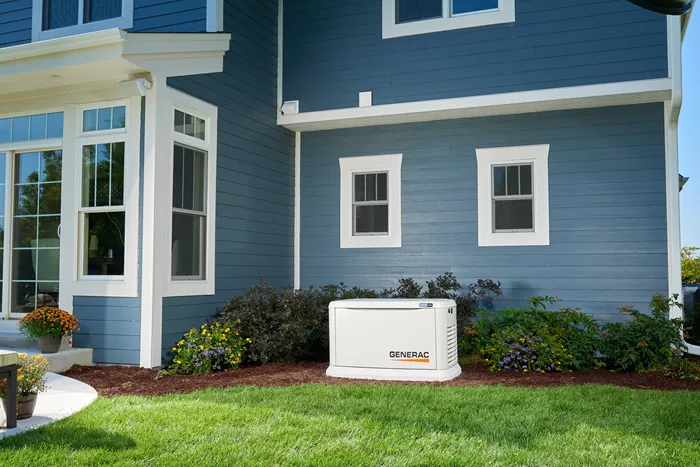Solar generators are becoming increasingly popular as a source of renewable energy. But can they really power an entire house? Let’s find out.
Understanding Solar Generators
Solar generators work by converting sunlight into electricity through solar panels. These panels are made up of photovoltaic cells that generate direct current (DC) when exposed to sunlight. The DC power is then converted into alternating current (AC) through an inverter, which is the type of power used in most households.
Can a Solar Generator Power a Whole House?
The short answer is yes, but it depends on several factors. Firstly, you need to consider the energy consumption of your house. Calculate how much power your appliances, lights, and other electrical devices use on a daily basis. This will give you an idea of the capacity of the solar generator you need.
Secondly, the size and efficiency of the solar generator matter. Larger solar generators with higher wattage outputs are more likely to be able to power a house. For example, a small portable solar generator might be sufficient to charge a few small electronics or power a single light, but it won’t be able to handle the load of an entire home. On the other hand, a high – capacity solar generator with multiple solar panels and a large battery can potentially meet the energy demands of a house.
What Size Solar Generator Do You Need?
To determine the size of the solar generator required to power your house, you need to look at the wattage of your essential appliances. For instance, a refrigerator might consume around 100 – 400 watts, a television about 100 – 200 watts, and a laptop around 50 – 100 watts. Add up the wattage of all the appliances you want to power simultaneously.
It’s also important to consider peak power and continuous power. Peak power is the maximum amount of power the generator can produce when starting up, while continuous power is the amount it can sustain over time. Your solar generator should be able to provide enough peak power to start up your appliances and sufficient continuous power to keep them running.
Connecting a Solar Generator to Your House
Connecting a solar generator to your house is relatively straightforward, but safety should be a top priority. The best way to do this is by using a transfer switch. Transfer switches act as a link between the solar generator and your home’s electrical panel circuits.
There are different types of transfer switches. An automatic transfer switch can detect a power outage and immediately switch to the solar generator power, and it will switch back to the grid when power is restored. This is convenient but can be more expensive. A manual transfer sub – panel switch is a more affordable option, although you have to manually operate it during a power outage.
Using a Solar Generator at Home
Once connected, using a solar generator at home is simple. During the day, when the sun is shining, the solar panels will charge the generator’s battery. You can then use the stored power to run your appliances at night or during a power outage. Some solar generators also allow you to use the power directly from the panels while they are charging, which is useful if you need immediate power.
Conclusion
In conclusion, a solar generator can power a house, but it requires careful consideration of your energy needs, the size and type of the generator, and the proper connection method. By assessing your household’s power consumption, choosing a suitable solar generator, and safely connecting it to your home, you can enjoy the benefits of clean, renewable energy. Whether it’s for backup power during outages or as a step towards a more sustainable lifestyle, a solar – powered house is an achievable and environmentally friendly option.

